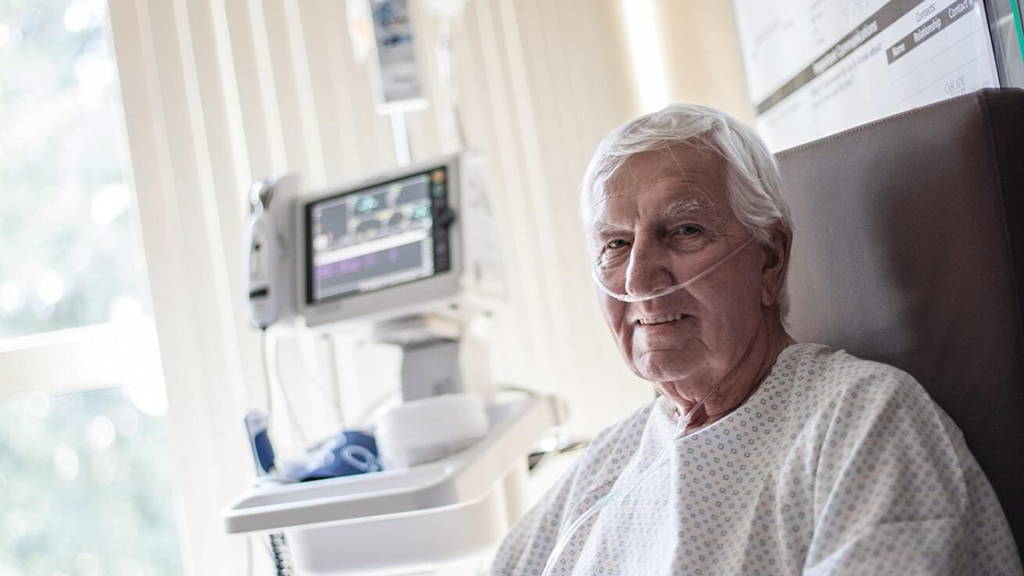The IntelliVue Guardian Solution contains software and intelligent clinical decision algorithms that allow caregivers to accurately obtain vital signs and seamlessly integrate validated patient data directly to the EHR. This reduces human errors and saves time, Philips states in a press release. It also makes earlier interventions possible.
Lakeland Health first implemented Philips patient monitoring technology in June 2016. Since then the amount of rapid responses has increased significantly, with the number of cardiac and respiratory arrests decreasing by approximately 56 percent.
The ultimate goal is patient safety with zero harm, underscores Arthur Bairagee, Chief Nursing Informatics Officer, Lakeland Health. He says the IntelliVue Guardian Solution has changed the way the hospital works by eliminating potential transcription errors and providing caregivers with immediate access to patients’ vital signs reducing delays in treatment time.
“With the help of the Guardian Solution, caregivers are immediately notified of changes in a patient's vital signs which may put them at risk for conditions such as sepsis, cardiac arrest, or respiratory failure. Frequent monitoring with automated EWS allows caregivers and Rapid Response teams to respond earlier – in enough time to make a difference.”
The latest version of Philips IntelliVue Guardian Software has been available in countries requiring the CE Marking since October 2016, and available in the U.S. since early 2017.
Identifying subtle signs
Forty percent of unanticipated hospital deaths happen on the General Ward , where it’s hard to predict which patients to watch closely. Obtaining vital signs in real-time with EWS allows clinicians to identify the more subtle signs of deterioration in a patient’s condition at the point of care, hours before a potential adverse event occurs.Lakeland Health first implemented Philips patient monitoring technology in June 2016. Since then the amount of rapid responses has increased significantly, with the number of cardiac and respiratory arrests decreasing by approximately 56 percent.
The ultimate goal is patient safety with zero harm, underscores Arthur Bairagee, Chief Nursing Informatics Officer, Lakeland Health. He says the IntelliVue Guardian Solution has changed the way the hospital works by eliminating potential transcription errors and providing caregivers with immediate access to patients’ vital signs reducing delays in treatment time.
“With the help of the Guardian Solution, caregivers are immediately notified of changes in a patient's vital signs which may put them at risk for conditions such as sepsis, cardiac arrest, or respiratory failure. Frequent monitoring with automated EWS allows caregivers and Rapid Response teams to respond earlier – in enough time to make a difference.”
Comprehensive view also enhances workflow
With the the IntelliVue Guardian Solution Philips aims to change how clinicians work by providing them with the information they need at the moment they need it in order to intervene quickly, said Felix Baader, Business Leader, Patient Monitoring at Philips. “Having automated tools provide a comprehensive view into a patient’s condition aids in identifying potential patient deterioration earlier, and also enhances workflow efficiencies by simplifying the medical documentation process and better utilizing limited staff resources.”The latest version of Philips IntelliVue Guardian Software has been available in countries requiring the CE Marking since October 2016, and available in the U.S. since early 2017.






